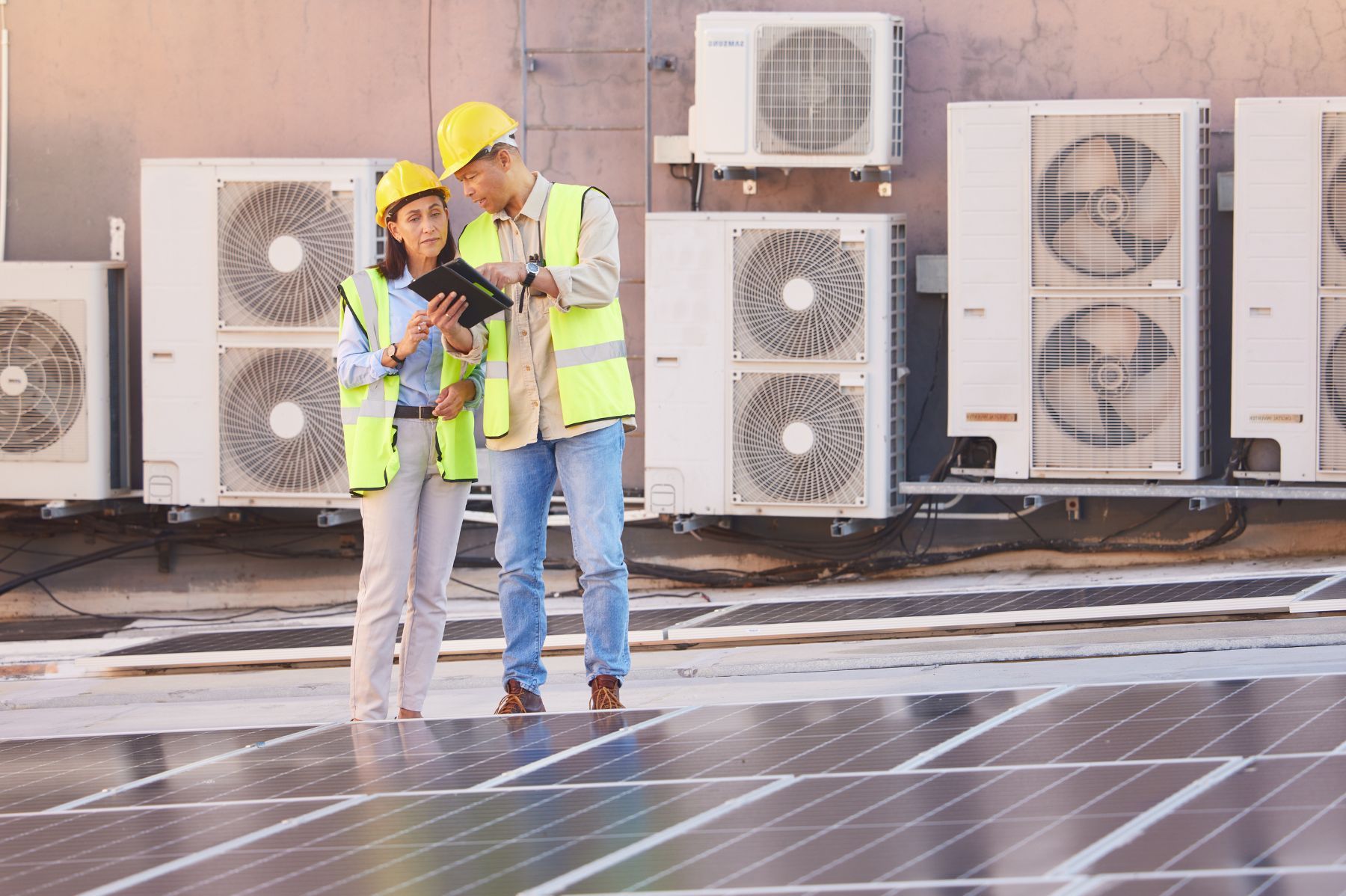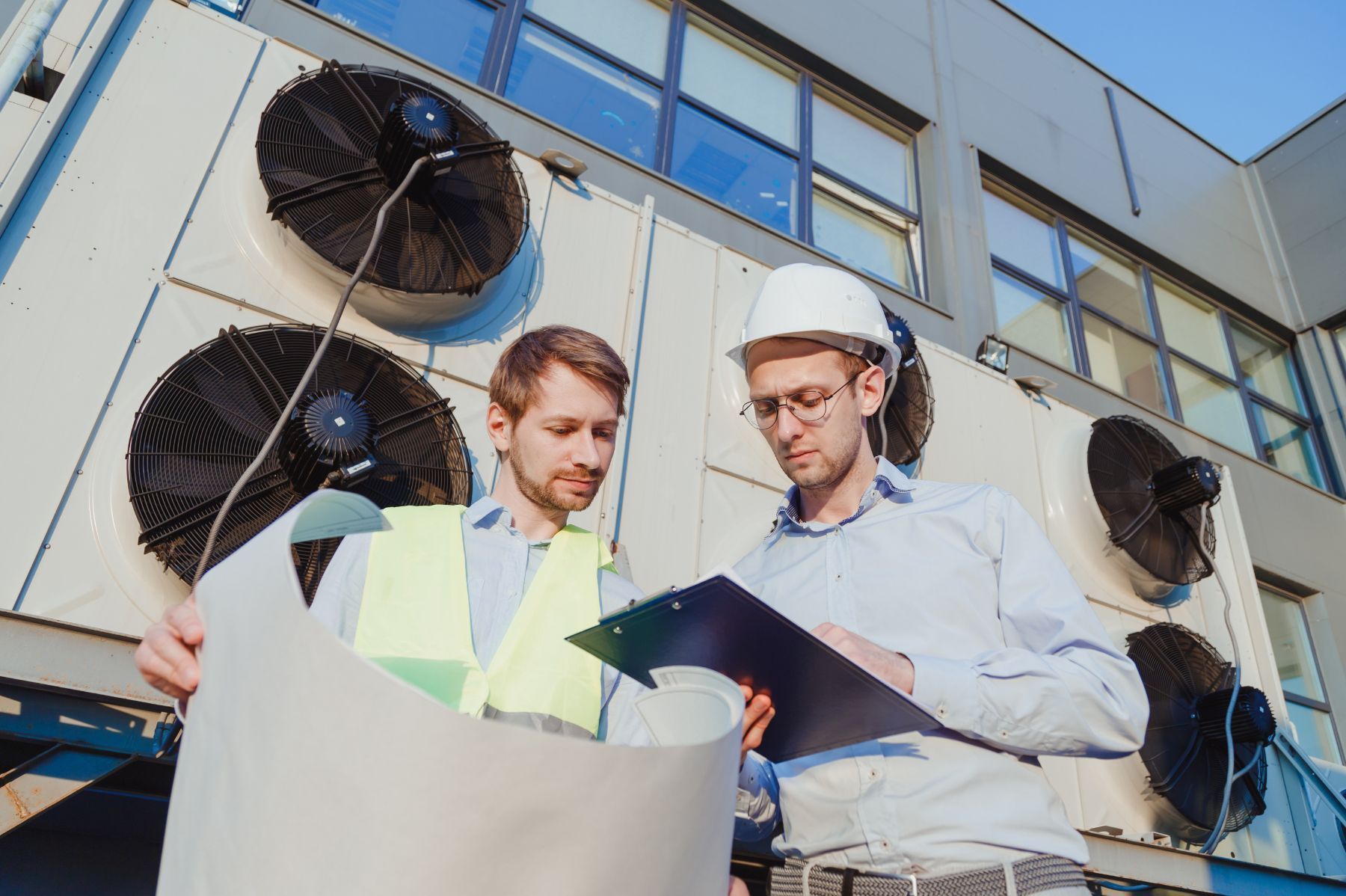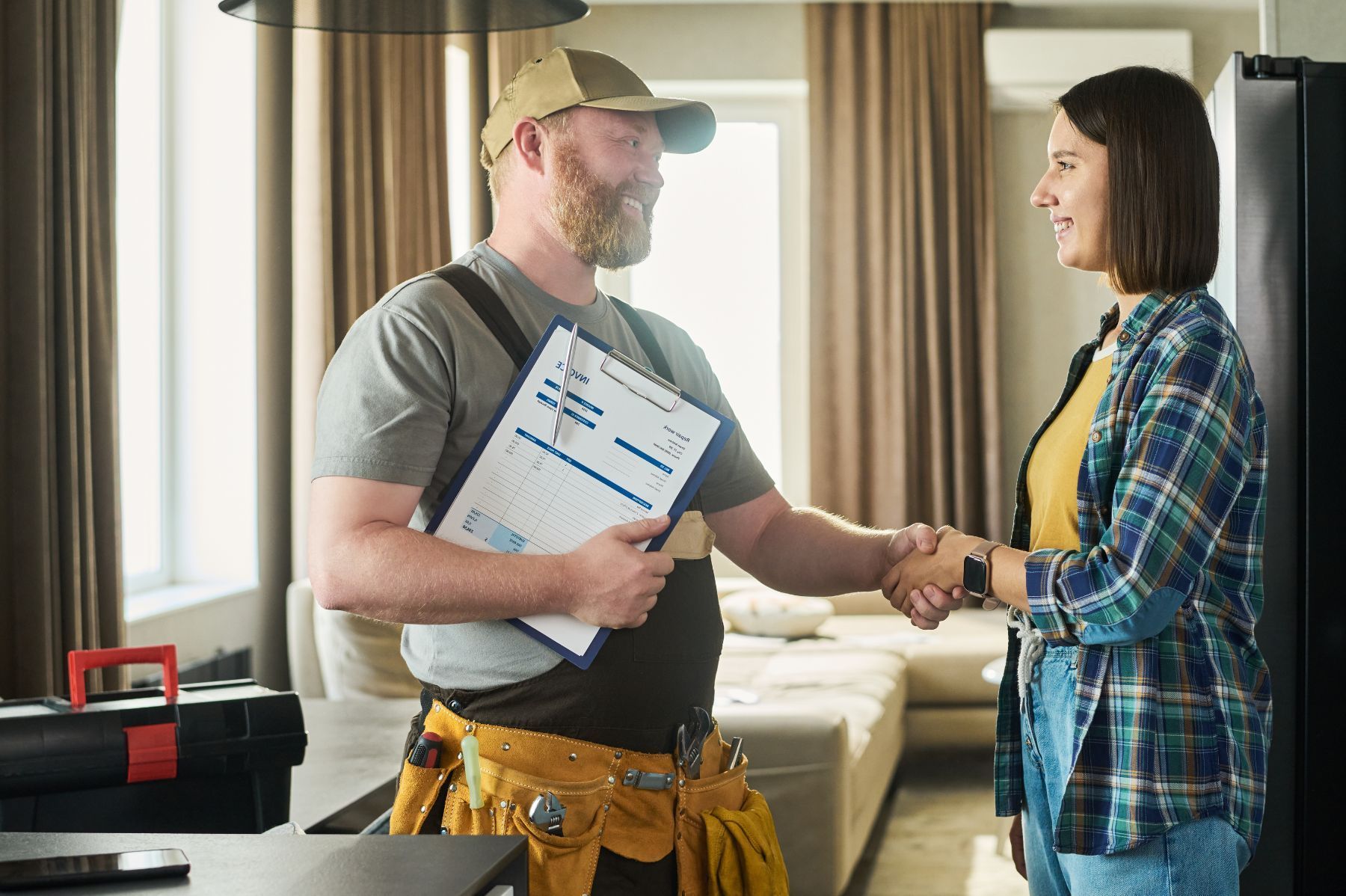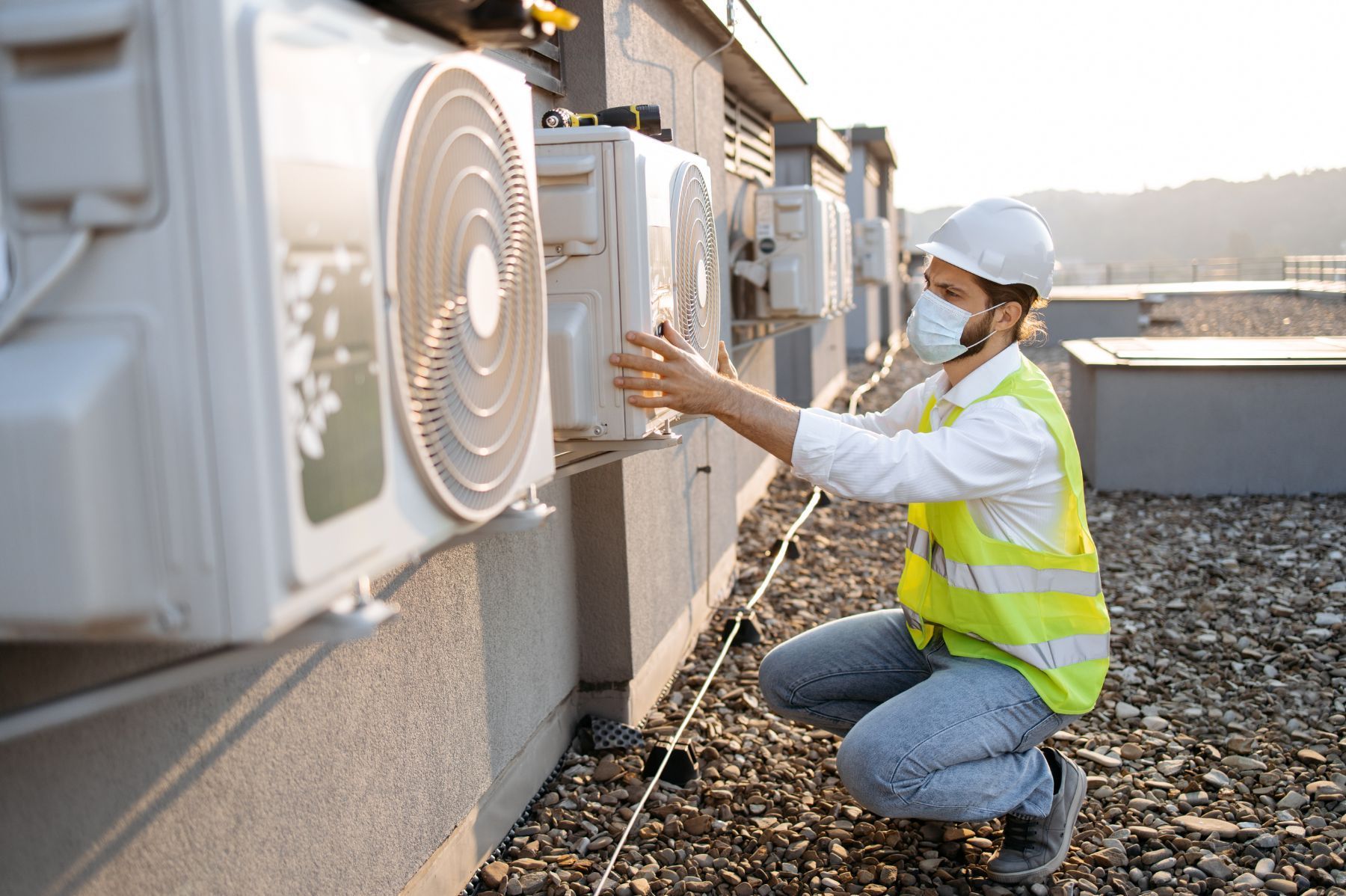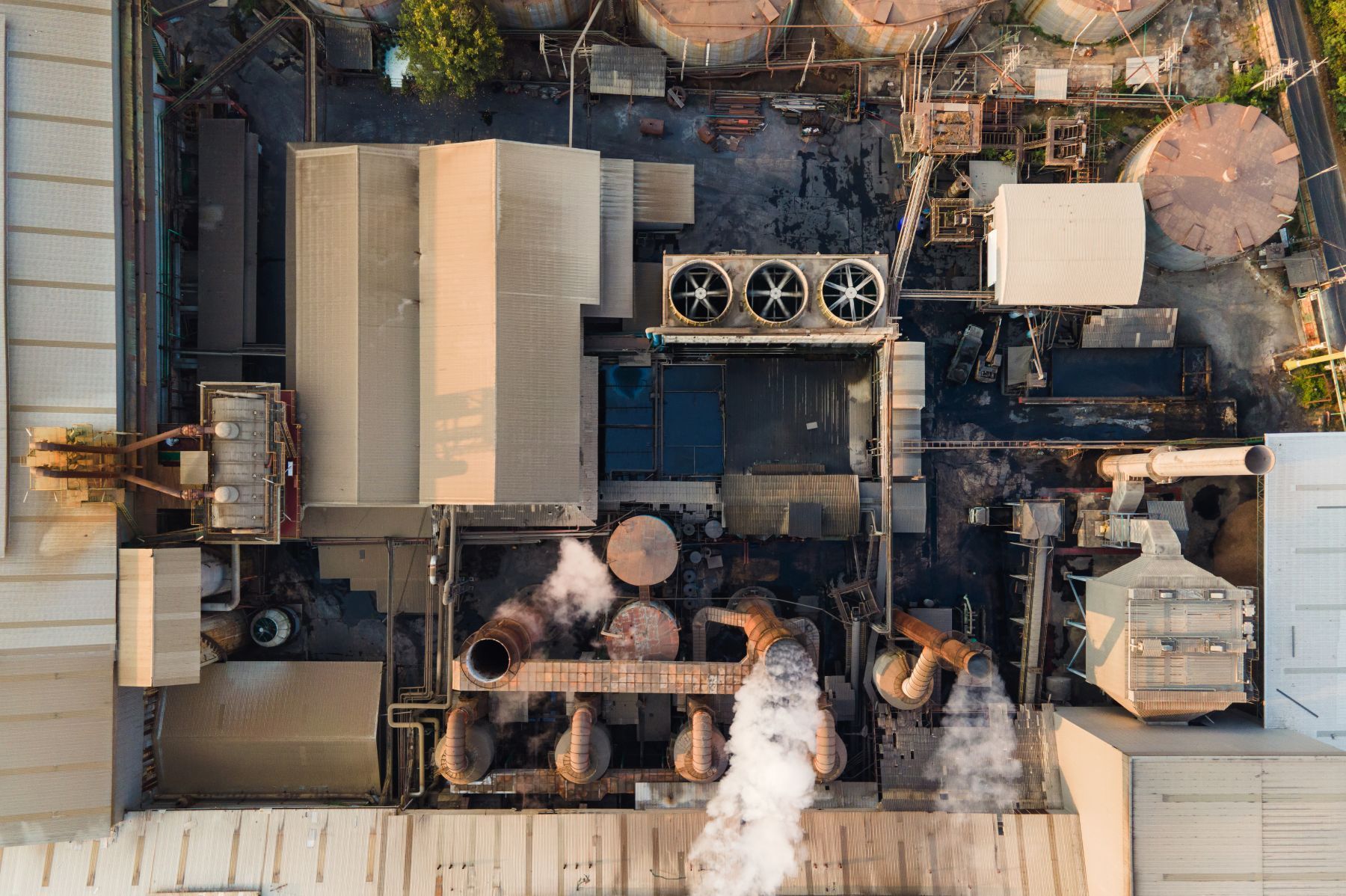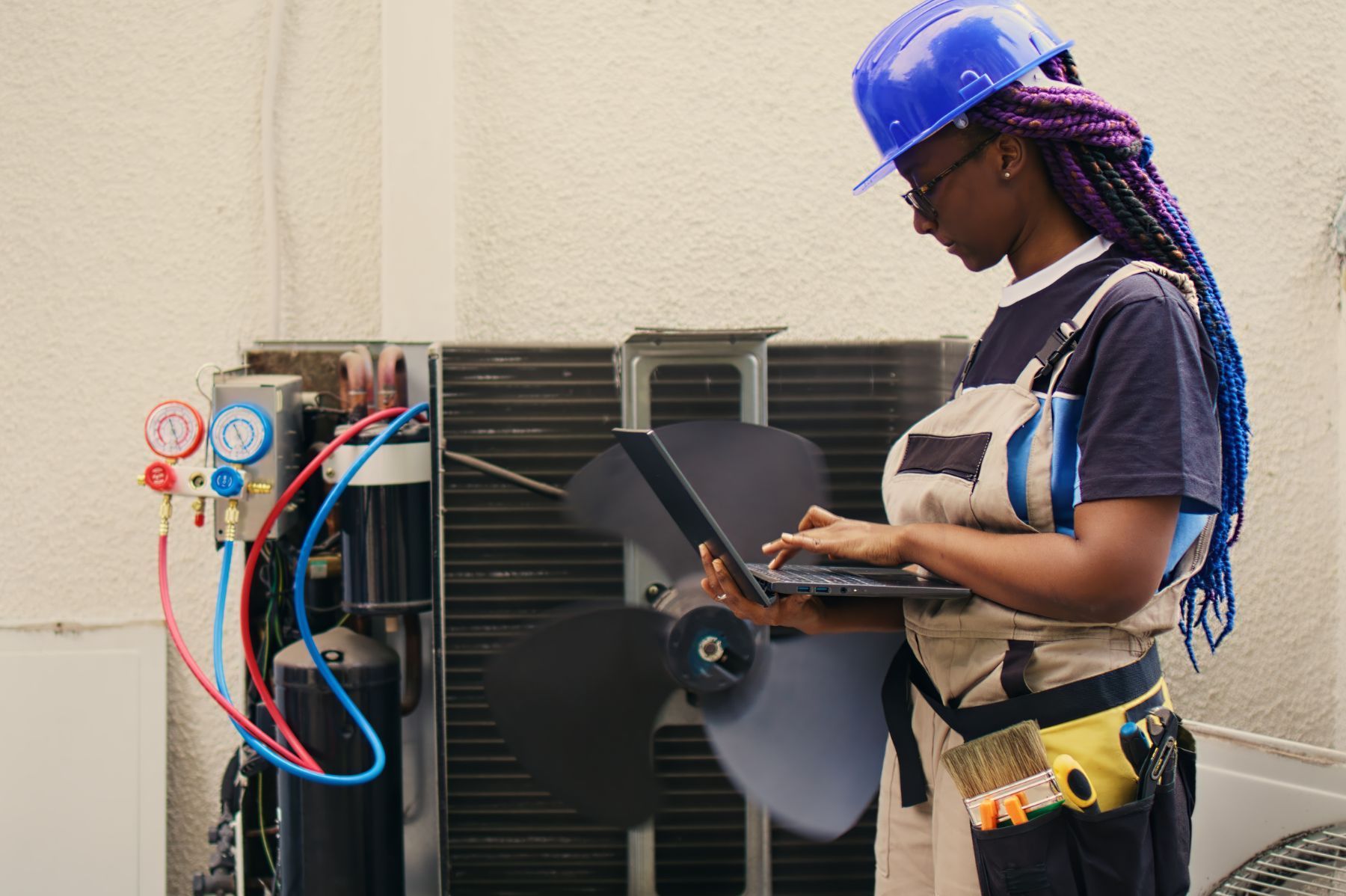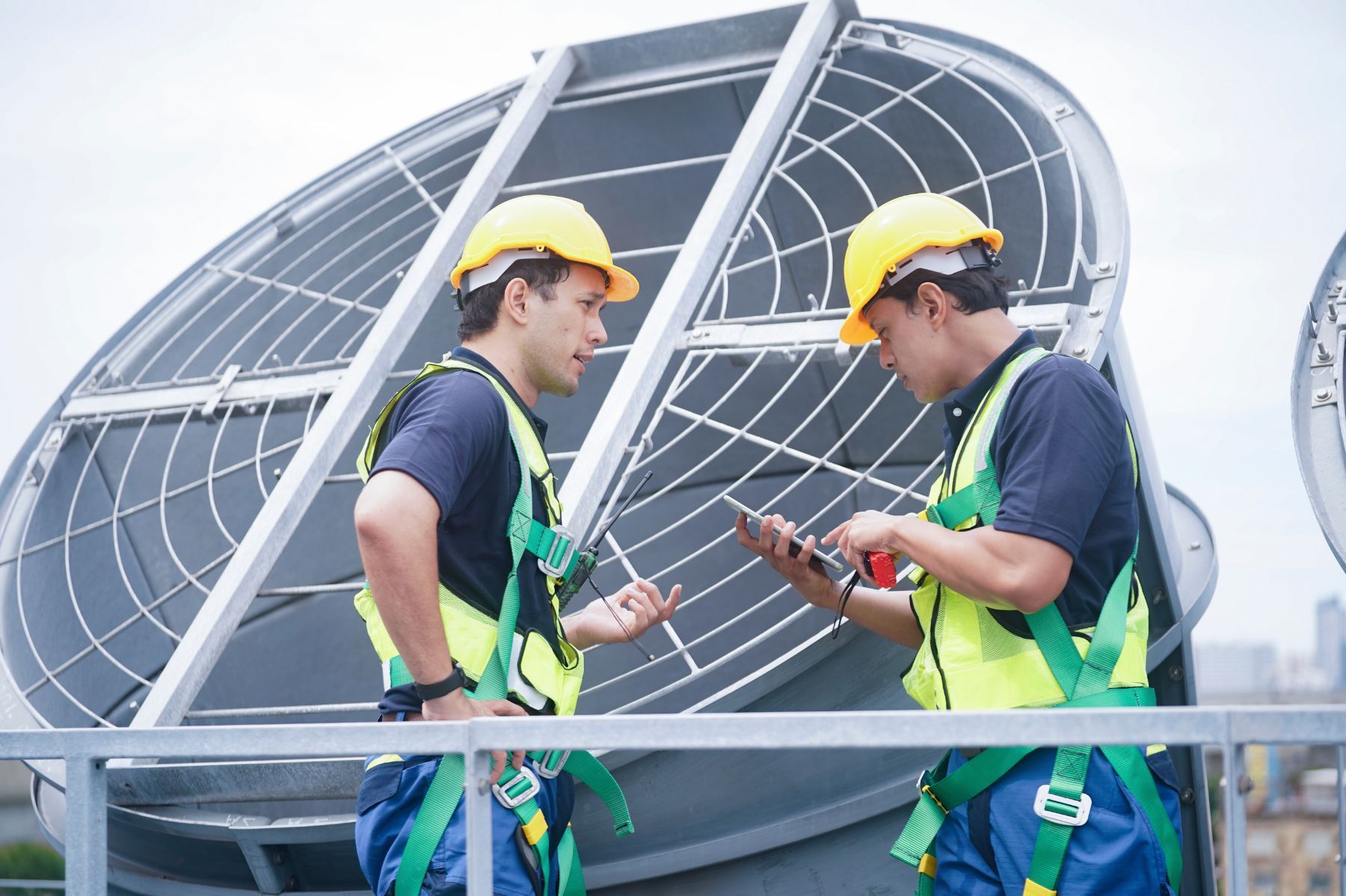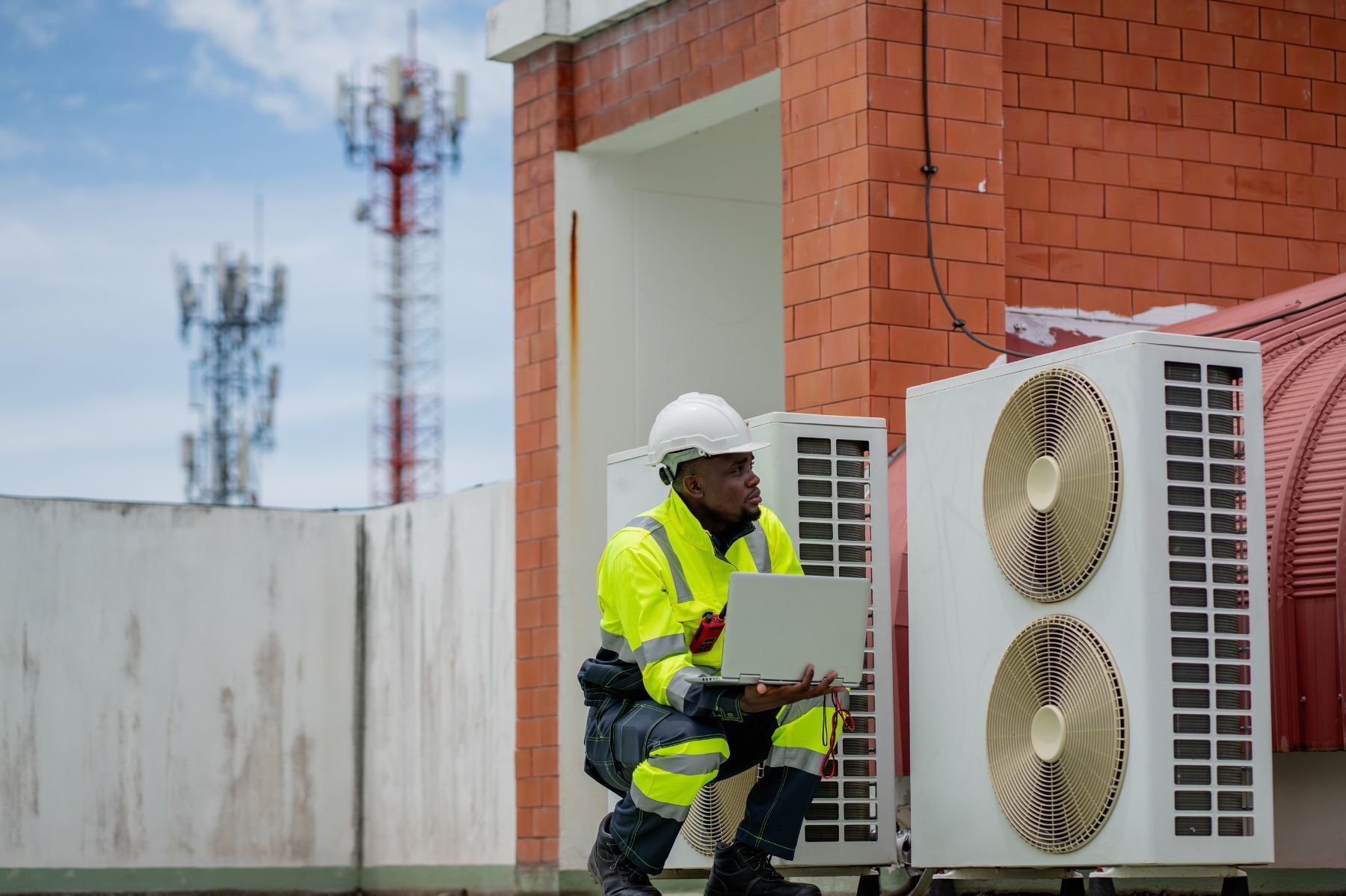The Top 7 Insurance Claims HVAC Contractors Face (and How to Avoid Them)
See How We're Different
or call us: (469) 678-8001

In the HVAC industry, insurance claims are an unavoidable reality. From minor mishaps to significant damages, contractors face a variety of risks that can impact their business financially and reputationally. Understanding the most common types of insurance claims can help HVAC professionals take proactive steps to minimize exposure and protect their operations. This article explores the top seven insurance claims HVAC contractors encounter and offers practical advice on how to avoid them.
With HVAC liability insurance premiums typically ranging from 1.3% to 2.6% of annual gross revenue, small operations earning around $150,000 annually might face premiums averaging $3,140. However, these premiums can be reduced by up to 73% through competitive shopping, highlighting the importance of informed insurance decisions for contractors (contractornerd.com).
1. Property Damage Claims
One of the most frequent insurance claims HVAC contractors face involves property damage. This can occur during installation, maintenance, or repair work when equipment or property is accidentally damaged. For example, a contractor might inadvertently damage a client’s flooring or walls while installing a new HVAC unit.
Property damage claims can be costly, especially when they involve commercial properties where the average claim value tends to be higher. According to Matt Livingston, co-founder of HVACi, the average accuracy for a commercial HVAC claim was $15,934 in 2019, underscoring the financial impact of these claims (hvacinvestigators.com).
How to Avoid: To reduce the risk of property damage claims, contractors should implement rigorous training programs focusing on careful handling of equipment and materials. Using protective coverings and communicating clearly with clients about potential risks can also help manage expectations and prevent misunderstandings.
In addition to training, contractors can benefit from investing in high-quality tools and equipment that minimize the risk of damage during operations. For instance, using specialized lifting equipment can prevent accidental drops that might lead to costly repairs. Furthermore, contractors should consider conducting thorough pre-job assessments to identify potential hazards in the workspace, allowing them to take proactive measures to mitigate risks. This could include moving fragile items out of harm's way or ensuring that work areas are adequately secured to prevent accidents.
Another effective strategy is to maintain open lines of communication with clients throughout the process. By keeping clients informed about the steps being taken and any potential risks involved, contractors can foster a sense of trust and collaboration. This not only helps in managing expectations but also encourages clients to voice concerns early, which can lead to quicker resolutions and a more positive overall experience. Building strong relationships with clients can ultimately reduce the likelihood of disputes arising from property damage claims.
2. Equipment Malfunction and Failure Claims
Claims related to equipment malfunction or failure are another significant category. These claims often arise when HVAC systems do not perform as expected post-installation or repair, leading to client dissatisfaction or further damage.
Independent assessments have revealed that a notable percentage of claimed HVAC systems were either misdiagnosed or not damaged at all. For instance, in 2018 and 2019, HVACi’s reports showed that 61% of claimed perils were recategorized after investigation, and 16% of systems initially claimed as damaged were found undamaged during onsite assessments (contractingbusiness.com).
How to Avoid: Accuracy in diagnosing HVAC issues is critical. Contractors should invest in ongoing technical training and consider third-party evaluations to ensure claims are legitimate and properly categorized. Clear documentation and communication with clients can also prevent disputes and unnecessary claims.
Moreover, the financial implications of equipment malfunction claims can be substantial, not only for contractors but also for manufacturers and insurers. When equipment fails prematurely, it can lead to costly repairs, replacement expenses, and potential legal battles if clients feel they have been wronged. This scenario underscores the importance of preventive maintenance and regular system check-ups, which can help identify potential issues before they escalate into major failures. By fostering a proactive approach, contractors can enhance client satisfaction and reduce the likelihood of claims.
Additionally, the role of technology in diagnosing HVAC issues cannot be overstated. Advanced diagnostic tools and software can provide real-time data and analytics, allowing technicians to pinpoint problems more accurately. This technological integration not only streamlines the repair process but also builds trust with clients, as they can see the evidence of issues firsthand. As the industry evolves, embracing these innovations will be crucial for contractors aiming to minimize claims related to equipment malfunction and ensure a higher standard of service delivery.
3. Bodily Injury Claims
Bodily injury claims represent a serious risk for HVAC contractors. These claims can result from accidents on the job site, such as slips, falls, or injuries caused by equipment. Injuries to clients, employees, or third parties can lead to costly liability claims and even legal action. The financial implications of these claims can be devastating, often leading to increased insurance premiums and potential loss of business. Furthermore, the reputational damage that can arise from such incidents may deter potential clients from hiring a contractor with a history of safety violations or claims.
Given the physical nature of HVAC work, maintaining a strong safety culture is essential. Proper use of personal protective equipment (PPE), adherence to OSHA standards, and regular safety audits can significantly reduce the likelihood of injury claims. Additionally, fostering an environment where safety is prioritized can enhance employee morale and productivity. When workers feel safe and valued, they are more likely to perform at their best, which ultimately benefits the company as a whole.
How to Avoid: Implement comprehensive safety training and enforce strict safety protocols on every job site. Encourage employees to report hazards immediately and conduct regular equipment maintenance to prevent malfunctions that could cause injury. It is also beneficial to create a system for tracking safety incidents and near misses, which can provide valuable insights into potential risks and areas for improvement. By analyzing these reports, contractors can proactively address issues before they lead to serious injuries, ensuring a safer work environment for everyone involved.
Moreover, engaging employees in safety discussions and decision-making can foster a sense of ownership and responsibility towards workplace safety. Regular safety meetings, where employees can share experiences and suggestions, can be instrumental in building a culture of safety. By involving the team in developing safety protocols, HVAC contractors can ensure that the measures implemented are practical and effective, tailored to the specific challenges faced on the job site.
4. Contractual Disputes and Errors Claims
Contract disputes and errors in work scope or billing can also lead to insurance claims. Misunderstandings about project details, timelines, or costs may escalate into formal complaints or claims against the contractor.
Clear contracts and transparent communication are key to avoiding these issues. A survey found that 73% of homeowners select their HVAC contractor by contacting the same company they have used previously, a trend that emphasizes the value of trust and reliability in client relationships (achrnews.com).
How to Avoid: Ensure contracts are detailed and unambiguous, covering all aspects of the project. Maintain open lines of communication throughout the job and promptly address any client concerns to prevent disputes from escalating.
In addition to clear contracts, it is beneficial to implement a system for regular updates and check-ins with clients. This not only reinforces trust but also allows for any potential misunderstandings to be addressed in real-time. For instance, scheduling weekly progress meetings can help ensure that both parties are aligned on expectations and can discuss any changes or challenges that arise. Such proactive measures can significantly reduce the likelihood of disputes and foster a collaborative environment.
Furthermore, educating clients about the project scope and potential variables can also mitigate misunderstandings. Many homeowners may not fully grasp the complexities involved in HVAC installations or repairs, which can lead to unrealistic expectations. By providing thorough explanations and even visual aids, contractors can help clients understand the intricacies of the work being performed, thereby enhancing transparency and reducing the chances of claims stemming from miscommunication.
5. Environmental and Regulatory Compliance Claims
HVAC contractors must comply with numerous environmental and safety regulations, including refrigerant handling and disposal rules. Failure to adhere to these regulations can result in claims related to environmental damage or regulatory penalties. The implications of non-compliance extend beyond financial repercussions; they can also tarnish a contractor's reputation and lead to loss of client trust. In an industry where customer loyalty is paramount, maintaining a clean compliance record is essential for long-term success.
Insurance carriers are increasingly vigilant about claims leakage risks, as highlighted by HVACi’s 2022 Annual Claims Report, which found that 56% of reported causes of loss were recategorized after independent assessments (prnewswire.com). This statistic underscores the importance of thorough documentation and accurate reporting in the HVAC industry. Insurers are not only looking at the immediate financial impacts but also at the long-term implications of environmental claims, which can affect their overall risk assessment models.
How to Avoid: Stay current with all relevant regulations and ensure proper certification for handling refrigerants and hazardous materials. Regularly audit your compliance practices and train staff to follow environmental protocols rigorously. Additionally, consider implementing an environmental management system (EMS) that helps track compliance and improve operational efficiency. An EMS can serve as a proactive measure to identify potential risks before they escalate into claims, thereby safeguarding both your business and the environment.
Moreover, engaging with local regulatory bodies and participating in industry workshops can provide valuable insights into upcoming changes in legislation. Networking with other HVAC professionals can also foster a culture of shared knowledge and best practices, which is crucial in navigating the complex landscape of environmental regulations. By being proactive and informed, HVAC contractors can not only mitigate risks but also position themselves as leaders in sustainability within the industry.
6. Vehicle and Equipment Damage Claims
Many HVAC contractors rely on vehicles and specialized equipment to perform their work. Damage to these assets, whether through accidents or misuse, can lead to costly insurance claims and downtime. The financial implications of such damage can be significant, affecting not only the immediate repair costs but also the long-term operational efficiency of the business. In addition, the disruption caused by damaged vehicles or equipment can delay project timelines, potentially leading to lost contracts and dissatisfied clients.
Proper maintenance and safe operation of vehicles and equipment are essential to minimize these risks. Regular inspections and servicing can identify potential issues before they escalate into more serious problems. Moreover, investing in high-quality equipment and vehicles that are suited to the specific needs of HVAC work can further reduce the chances of damage. Additionally, clear policies on vehicle use and regular driver training can help prevent accidents, ensuring that employees are well-versed in both safety protocols and the proper handling of equipment.
How to Avoid: Implement a strict maintenance schedule for all vehicles and equipment. This schedule should include routine checks for wear and tear, fluid levels, and tire conditions, as well as comprehensive servicing at recommended intervals. Educate employees on safe driving and equipment handling practices, and monitor compliance regularly to reduce the likelihood of damage claims. Consider using telematics and GPS tracking systems to monitor vehicle usage and driving behavior, which can provide valuable insights into how vehicles are being operated and help identify areas for improvement.
Furthermore, fostering a culture of safety within the organization can significantly impact the frequency of damage claims. Encourage open communication about safety concerns and provide incentives for employees who demonstrate exemplary safety practices. Regular training sessions and workshops can reinforce the importance of proper equipment handling and vehicle operation, ensuring that all team members are aligned with the company's safety objectives. By prioritizing safety and maintenance, HVAC contractors can protect their valuable assets and enhance their overall operational resilience.
7. Indemnity Leakage and Claims Misclassification
Indemnity leakage occurs when insurance claims are inaccurately reported or misclassified, leading to higher payouts than necessary. This issue is particularly prevalent in the HVAC industry, where complex claims can be difficult to assess accurately. The intricate nature of HVAC systems, combined with the varying levels of expertise among technicians, can result in misunderstandings about the extent of damage or the required repairs, further complicating the claims process.
Studies have shown that third-party evaluations play a crucial role in controlling indemnity leakage. For example, HVACi’s reports from 2018 and 2019 consistently found that a significant portion of claims were recategorized after independent review, with some systems initially claimed as damaged actually found undamaged (hvacinvestigators.com). This misclassification not only affects the financial stability of insurance providers but also impacts the overall trust in the claims process, as policyholders may feel unjustly treated if their claims are denied or reduced based on inaccurate assessments.
How to Avoid: Engage independent experts to assess claims thoroughly before submission. Maintain detailed documentation and photographic evidence of all work performed. This approach helps ensure claims are accurate, reducing the risk of inflated payouts and premium increases. Additionally, implementing a standardized training program for technicians can enhance their ability to accurately diagnose issues, thereby minimizing the chances of misclassification. By fostering a culture of transparency and accountability, companies can not only protect their bottom line but also improve customer satisfaction and loyalty.
Furthermore, leveraging technology such as advanced diagnostic tools and software can aid in the accurate assessment of HVAC systems. These tools can provide real-time data and analytics, enabling technicians to make informed decisions during the claims process. By integrating such technologies, businesses can streamline their operations, reduce human error, and ultimately create a more efficient claims handling process. This proactive approach not only mitigates indemnity leakage but also positions companies as leaders in the industry, committed to best practices and customer-centric service.
Conclusion: Proactive Risk Management is Key
HVAC contractors operate in a challenging environment where insurance claims can arise from a variety of sources. From property damage and bodily injury to regulatory compliance and claims misclassification, understanding these risks is the first step toward effective prevention.
By investing in safety training, clear communication, regulatory compliance, and third-party assessments, HVAC contractors can significantly reduce their exposure to costly insurance claims. Additionally, shopping competitively for insurance can help manage premiums, as many small operations have found substantial savings by exploring their options (contractornerd.com).
Ultimately, a proactive approach to risk management not only protects the bottom line but also builds trust with clients, enhancing reputation and long-term business success.

